

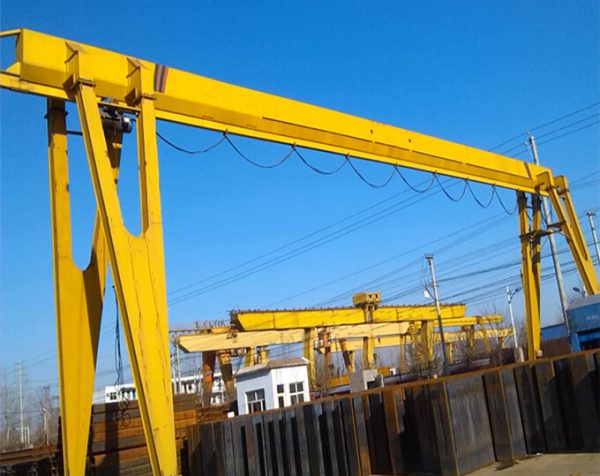
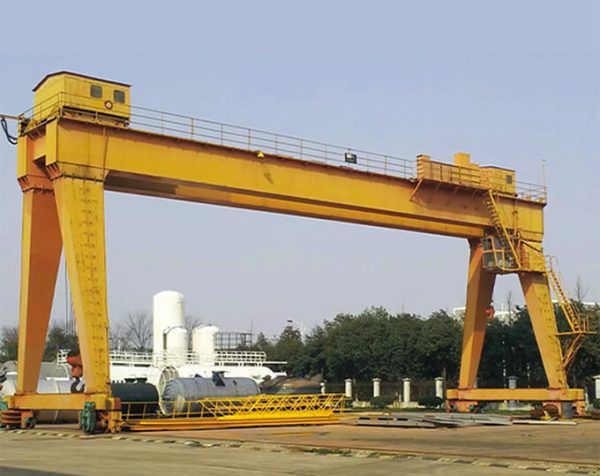
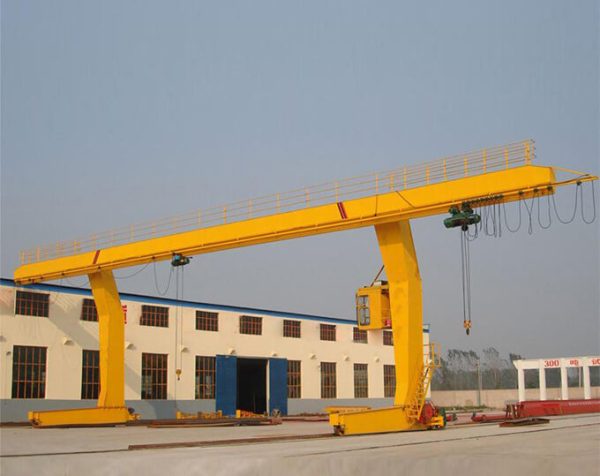




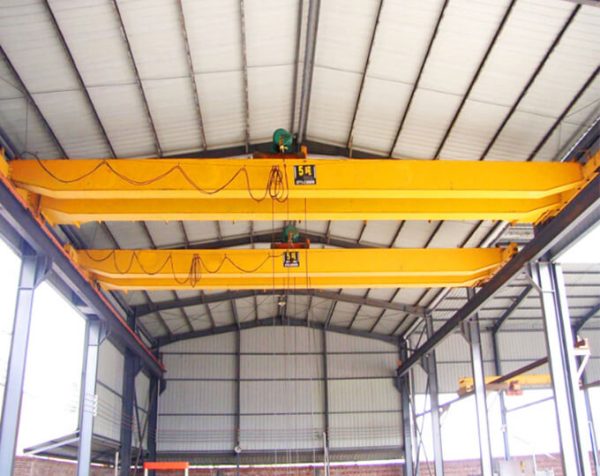

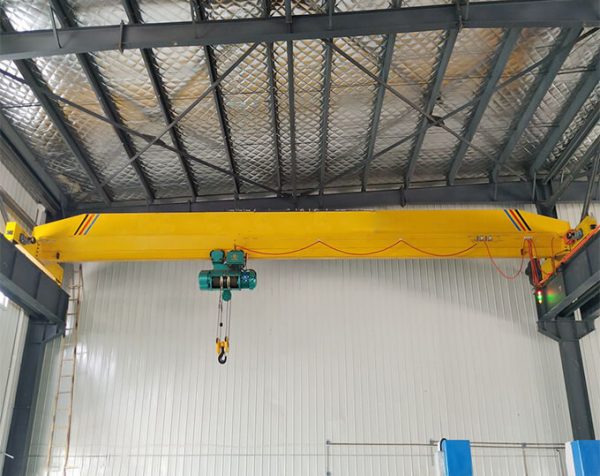
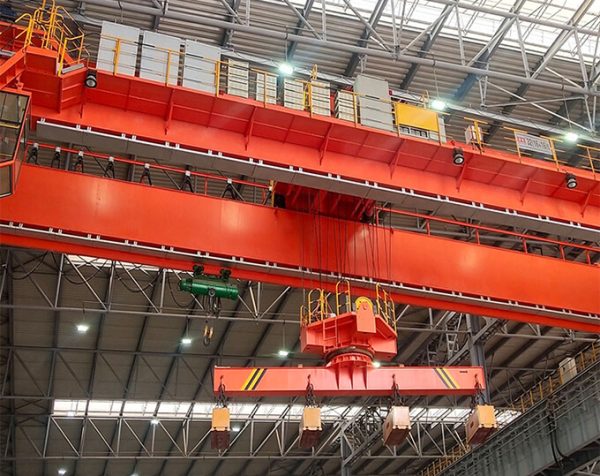

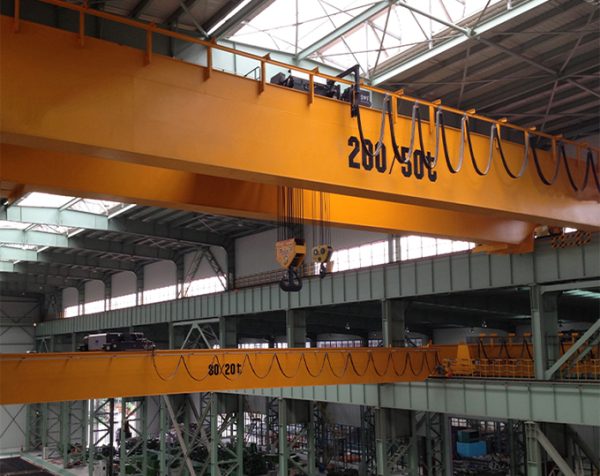



-600x476.jpg)

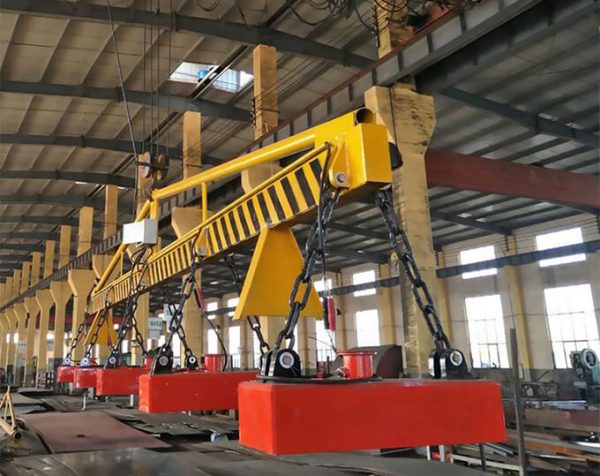

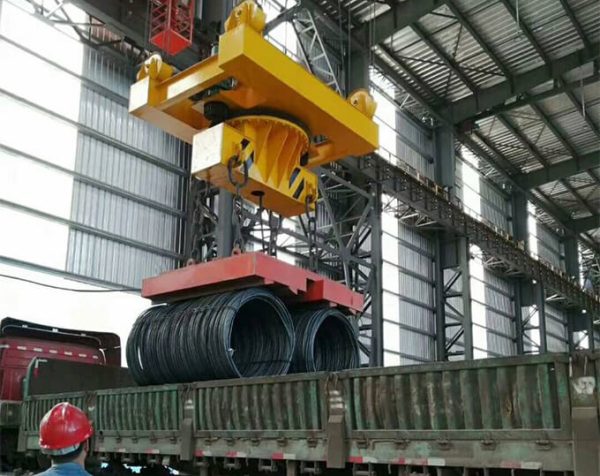
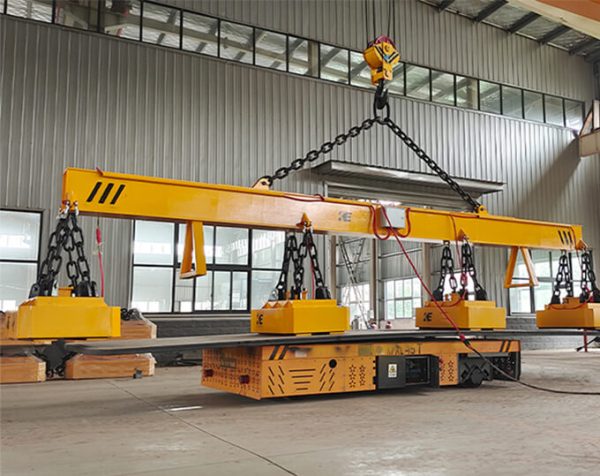
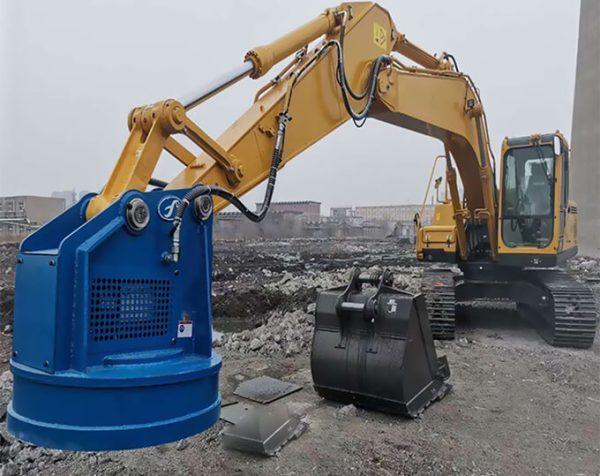
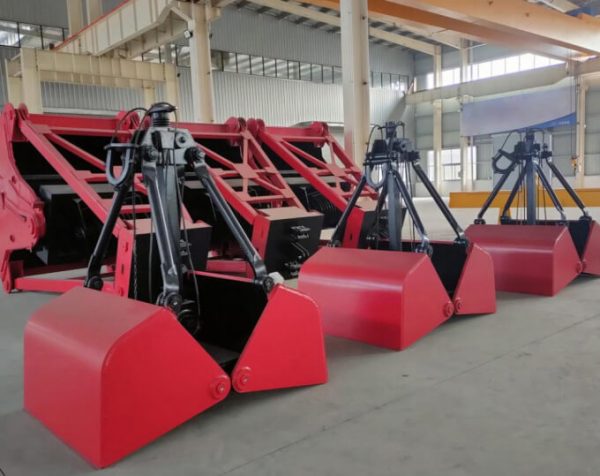
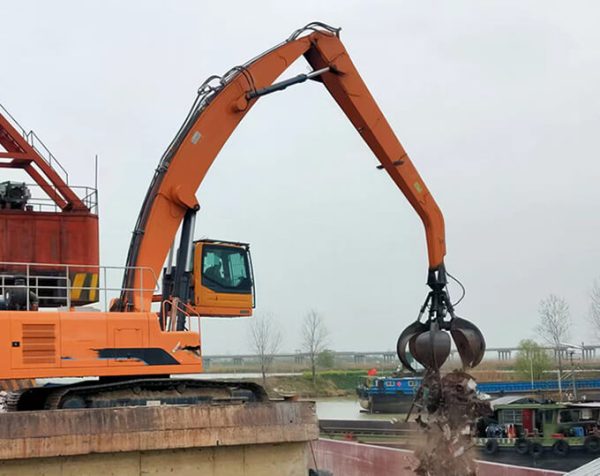
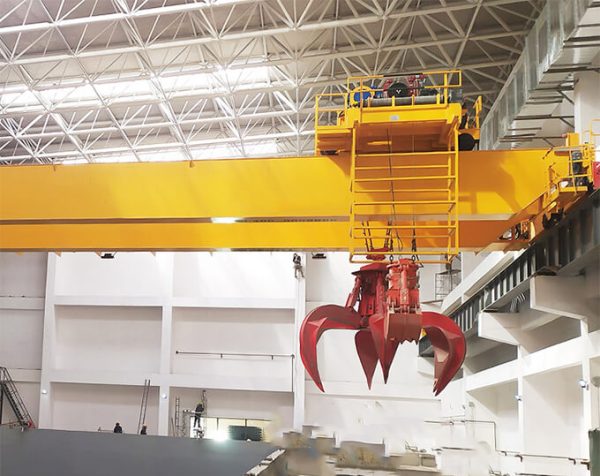
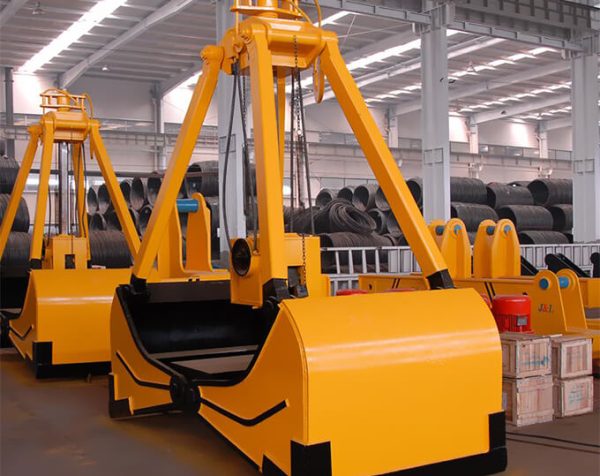

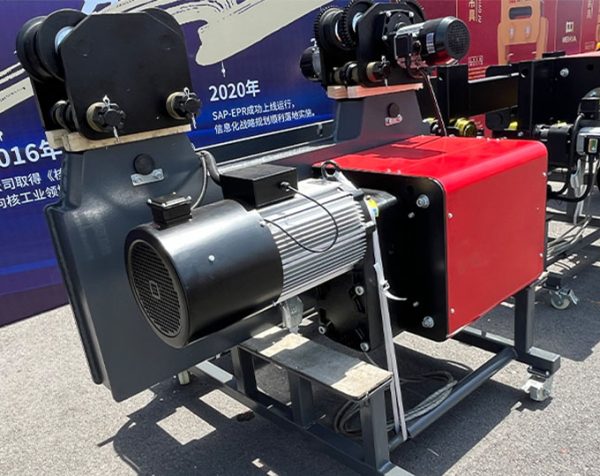
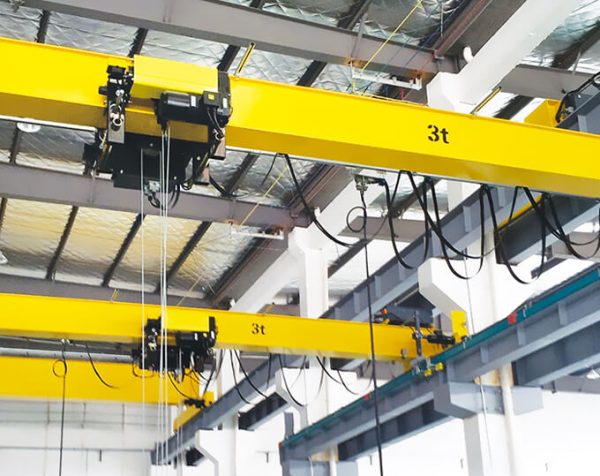

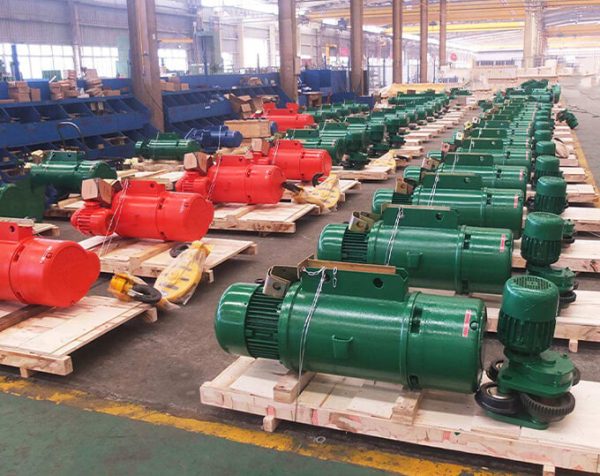
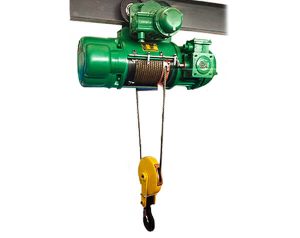
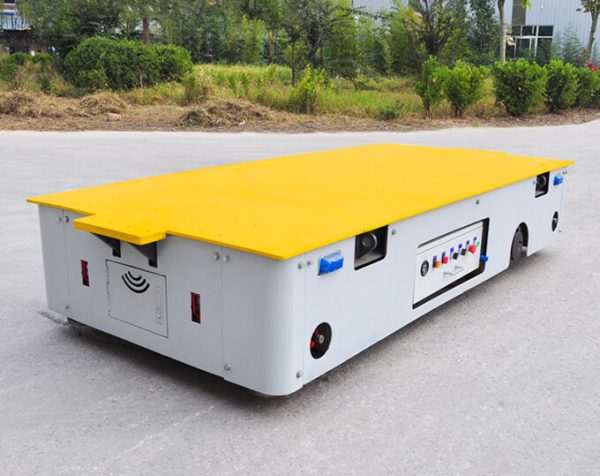

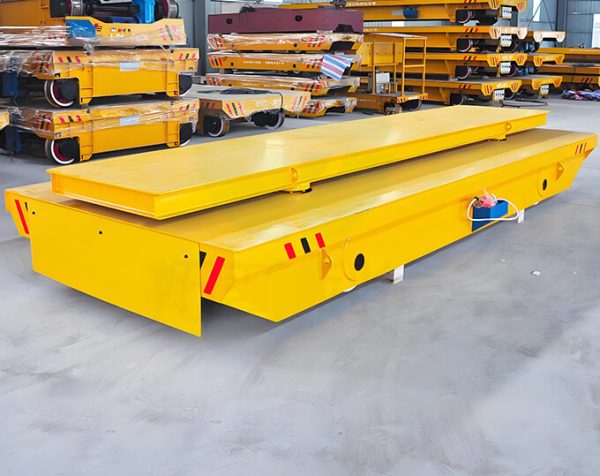



















-600x476.jpg)




















The coupling in a portal crane's luffing system serves as a critical connection between the luffing motor and mechanical components. This essential element transmits power while accommodating relative movement between connected parts.
The primary function of a coupling is to transmit the rotational power generated by the crane's motor through the luffing mechanism's transmission system (e.g., gearbox, chain, cables, etc.) to the other components of the luffing mechanism (e.g., the luffing boom and bracket). In this way, the coupling facilitates adjustment of the luffing mechanism, allowing the crane's boom to be extended or adjusted in angle as needed.
During operation, the crane's motor and luffing mechanism components may experience relative displacement or axis misalignment. Couplings effectively compensate for these misalignments. Using elastic or other flexible couplings can reduce vibration, wear, and equipment failures caused by shaft misalignment, improving the smoothness and reliability of mechanical transmission.
Crane operation, especially luffing, can generate significant impact loads and vibration. Couplings act as buffers, absorbing some of the impact and vibration in the transmission system. They protect other components of the luffing mechanism (such as the motor and gearbox) from excessive impact, reducing mechanical wear and extending the service life of the equipment.
Couplings also provide a degree of protection. When a transmission system anomaly occurs (such as overload or a brief jam), the coupling will typically deform or slip, protecting the luffing mechanism and motor from damage and preventing further malfunction.
Since the components involved in a crane's luffing mechanism often deform or move during operation, couplings can adapt to these changes, ensuring that power transmission between the motor and the luffing mechanism is not affected. This ensures stable crane operation under varying operating conditions.
Couplings in mechanical transmission systems typically feature a certain degree of flexibility and removability. If a coupling becomes damaged or deteriorates, it can be easily removed, replaced, or repaired without disassembling the entire luffing system. This helps reduce downtime and repair costs.
Common coupling types used in the luffing mechanism of a gantry crane include:
Rigid couplings: Used in transmission systems requiring high alignment accuracy and suitable for applications without significant axial displacement or impact.
Elastic couplings: Offer excellent cushioning properties, effectively absorbing vibration and axial displacement, and are often used in transmission systems requiring a certain degree of flexibility.
Gear couplings: Suitable for applications requiring high torque transmission, offering high transmission efficiency and rigidity.
Universal couplings: When the drive shaft experiences angular variations, universal couplings can compensate for these errors, ensuring smooth power transmission.
Originally prevalent in port construction for their efficiency, grab cranes now play an increasingly vital role in urban rail transit projects. The growing demands of metro construction have elevated both technical specifications and economic considerations for muck removal equipment.
In modern industrial production, different industries have unique requirements for lifting equipment. KBK light cranes have demonstrated exceptional performance across numerous sectors, thanks to their specialized capabilities.
Industrial lifting operations commonly utilize both single-girder and double-girder cranes, but their structural differences lead to distinct performance characteristics.

